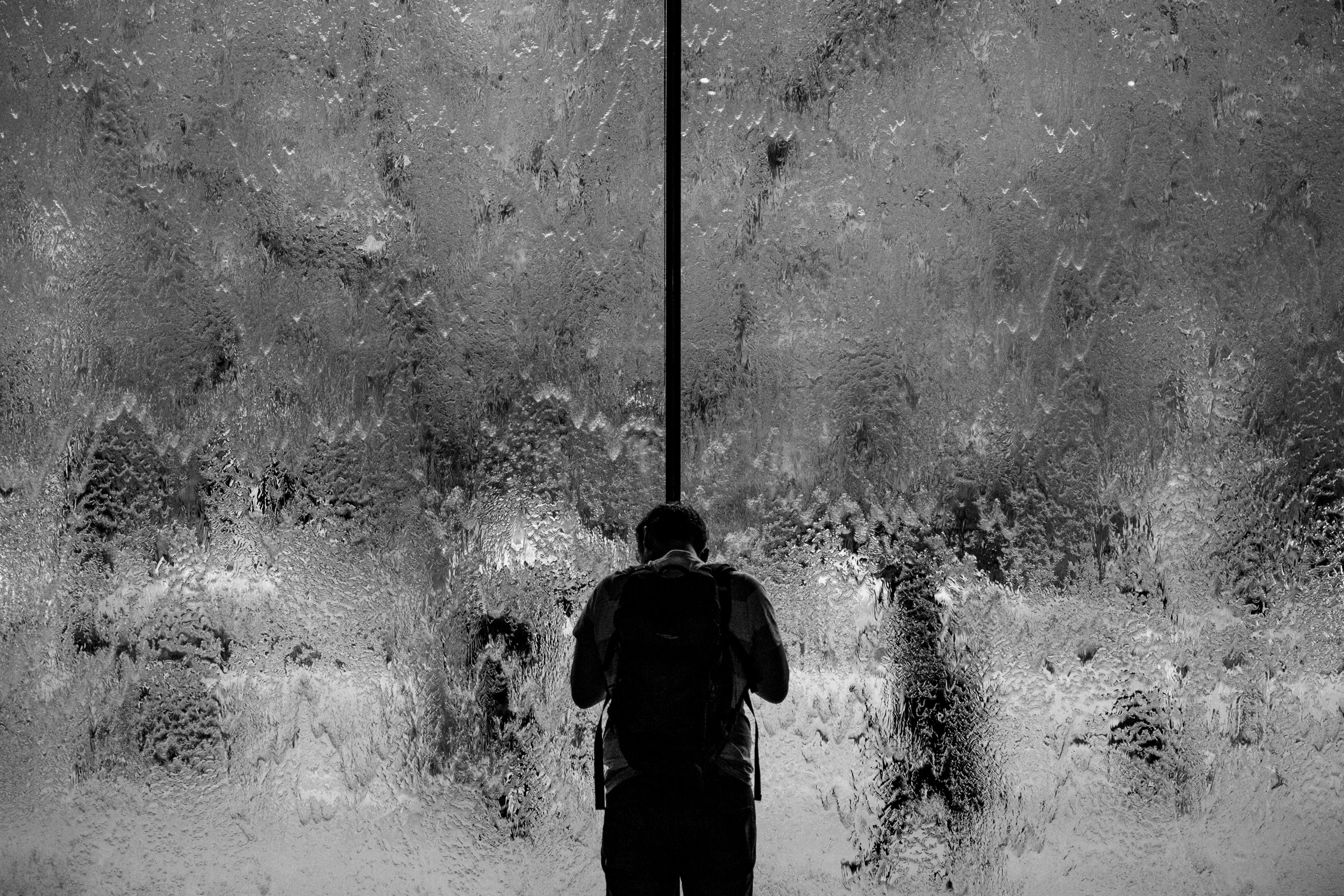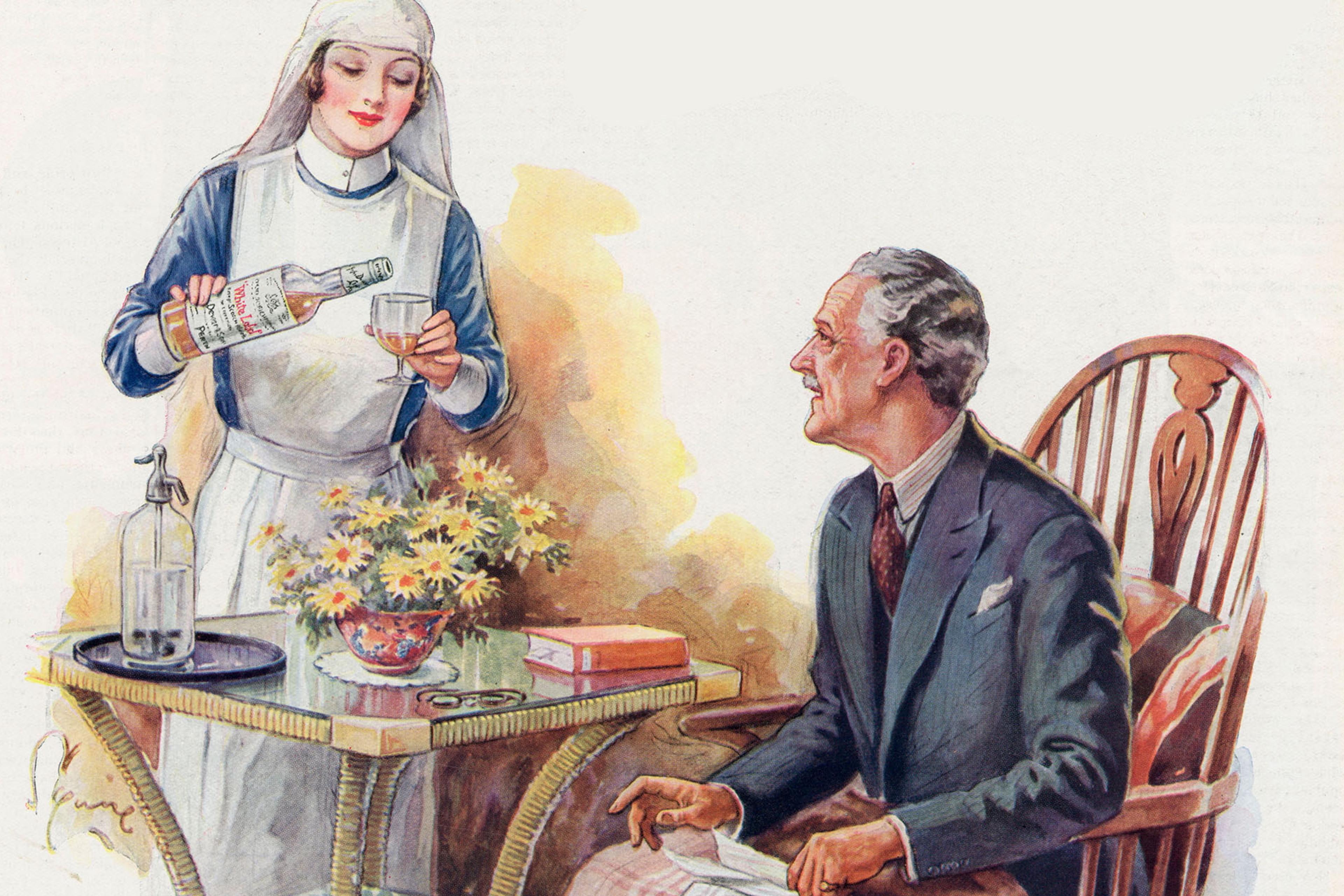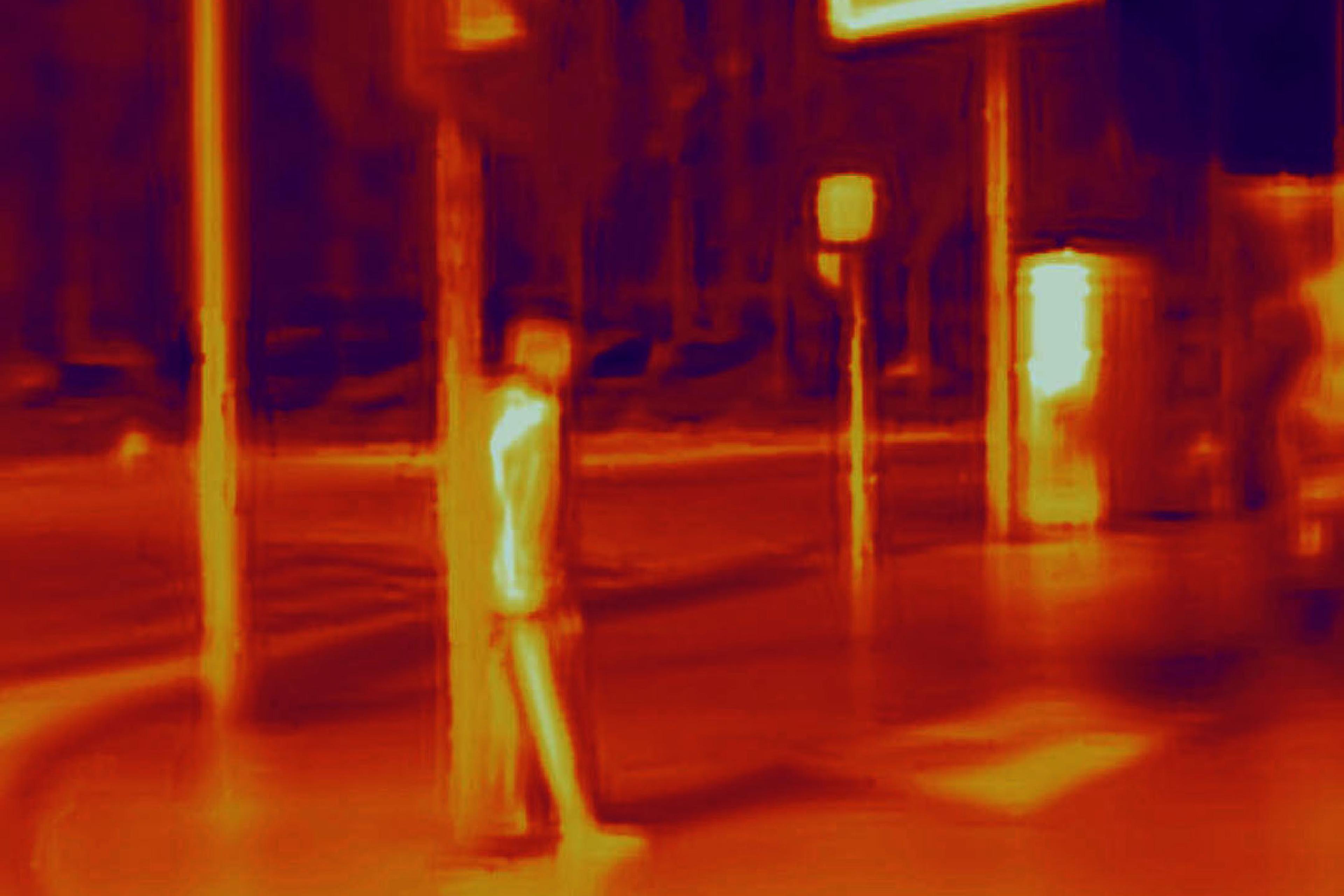Something doesn’t feel right.
You look around your room, trying to figure out what it is, but everything looks the same. Except, actually, somehow – no, it doesn’t. The world around you looks flat and two-dimensional. Or like a movie set. It’s as though you don’t recognise the room anymore. That’s not possible, right? You must be crazy.
Maybe it’s your eyesight. You look down at your hands to make sure. The object moving in front of you looks like your own hand, but it doesn’t feel like yours – you can’t feel it moving. The rational part of your brain is telling you this is your hand and that you are wiggling your fingers around – but those sensations have gone. It’s like someone else is pulling the puppet strings and you’re just watching.
What did you think was happening? Maybe you thought you were reading a description of how it feels to be drugged, or to go ‘mad’. Or perhaps it sounded like a script from a horror film involving computer simulation, telepathic control, or being trapped in a parallel universe. Unsettling, strange. Something you might watch on Netflix. But sadly, these experiences aren’t fiction at all, and no drugs are involved. Instead, they’re a part of everyday life for people who experience dissociation.
Since the 19th century, there have been arguments about what exactly dissociation is. Attempts to understand and define it have resulted in various phenomena being added to (or removed from) the concept. But, rather than clarifying the term, this has led to it being more and more contested. In 2013, the American Psychiatric Association defined it as the ‘disruption of and/or discontinuity in the normal integration of consciousness, memory, identity, emotion, perception, body representation, motor control, and behaviour’– but this is incredibly broad; it covers disruption in almost every aspect of human experience. The term ‘dissociation’ urgently needs clarifying if it is to be useful at all.
What we do know is that these feelings of disintegration, of reality shifting, can be a natural stress response and, as a result, are also common in people with mental health problems. They often happen when people are highly stressed, anxious or tired – up to 66 per cent of the general population report that they’ve experienced dissociation temporarily during a traumatic event. Symptoms of dissociation also appear at high rates across a wide range of mental health disorders including post-traumatic stress disorder, eating disorders and depression, and are associated with increased risk of self-harm.
Dissociative symptoms are a predictor of clinical severity. In one study of people attending general outpatient psychiatry services, a clinically high level of dissociation was the strongest predictor of whether a person had made multiple suicide attempts. Dissociation symptoms are also associated with a higher number of bingeing episodes in individuals with eating disorders. They can also reduce the impact of standard psychological treatments: one study found that those who responded poorly to treatment for obsessive-compulsive disorder had higher levels of dissociation than those who responded well. So it’s possible that, throughout mental health services, dissociative symptoms could be making treatments less effective, and yet they often go undetected and untreated because clinicians aren’t routinely given training in this phenomenon.
This comes back to the issue of definitions. To help people with dissociation, and to educate clinicians about it, we need to understand what it actually is. So to provide some clarity, my colleagues and I carried out a systematic review of more than 70 scientific papers that used different dissociation questionnaires, and we also conducted an in-depth interview study with people who had experienced dissociation themselves.
Among all this data, one clear theme emerged: dissociation feels odd. In the interview study, one participant described how it alters the very fabric of the world around you: ‘It’s as if what appears to be the reality around me is crumbling.’ In a beautiful analogy, another interviewee told me: ‘You try and get control of it, but it’s like a bar of soap or something, it just keeps slipping out of your hands.’ For the majority of experiences, people felt that they simply didn’t have adequate language for it. The feelings were hard to put into words, difficult to put a finger on – and, more often than not, horrible. One participant described it as ‘the worst feeling in the world’.
Critically, people were quick to assure me that, even while the strange sensations were happening, the logical part of their brain still ‘knew’ what the reality of the situation was. One person told me: ‘It doesn’t feel like me, but deep down I do know it’s me. It’s not a case of “I think I’m watching through someone else” – it just doesn’t feel like me.’ Which got me thinking: what if the challenging, confusing strangeness was actually part of dissociation? What if there is a subgroup of dissociative experiences that are united by their strangeness?
This is exactly what my colleagues and I proposed: that a core component of many dissociative experiences involves a ‘felt sense of anomaly’ (FSA). This sense of strangeness could be about almost anything – the world around you; your body; your thoughts, perceptions, memories and emotions; even your identity – which would explain why definitions of dissociation are so broad. The exact nature of the sense of anomaly varies too: it could feel like detachment or disconnection, but could also involve a sense of unreality, unfamiliarity or ‘automatic’, ‘autopilot’ feelings, too. But drawing all this together is the strong sense that something strange is going on.
This might all seem obvious: of course, dissociation must feel odd. But the idea of linking together dissociative symptoms on the basis of this feeling is a very recent approach – one that will require further research and testing. Nevertheless, it might be a helpful new way of tackling the challenges of dissociation being difficult to describe, and difficult for clinicians to ask about. By centring our understanding on the core subjective experience, it might be possible to distil a wide range of complex clinical presentations into a broad but descriptive rule of thumb. If a patient seems to be experiencing dissociation, clinicians could simply ask: ‘Does it feel strange, even though you know it isn’t?’, and acknowledge the challenge in describing that feeling. This might not identify all types of dissociation, but for those experiencing FSA-type symptoms, it could help them feel heard, despite the confusion and strangeness they’re experiencing.
Dissociative experiences – at some level – are incredibly common. They also show us how fundamental it is to have a way to talk about what’s upsetting us, and for that to be understood. Without the means of communicating about these experiences, it’s only natural to feel worried, disheartened, alone. But however strange things might feel, no one has to be on their own. My hope for the future is that, by finding ways to break down dissociation into smaller parts and describe them better, we can help more and more people feel heard and understood – and ‘real’ – again.








